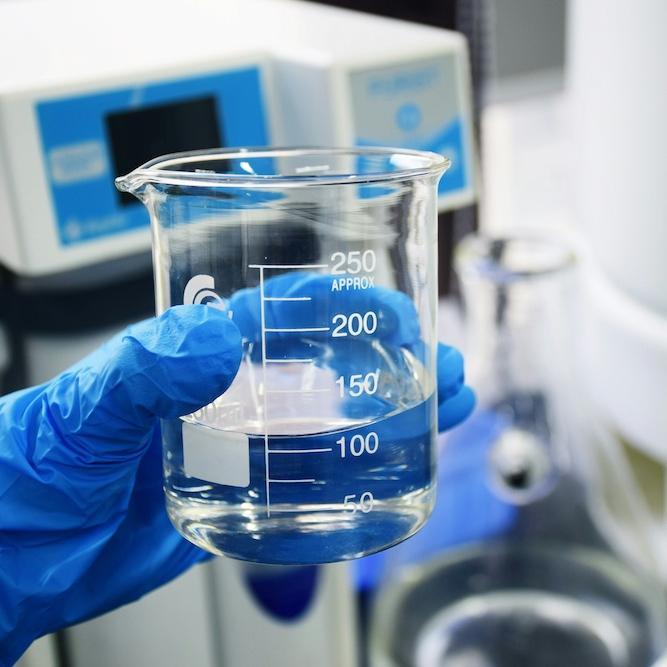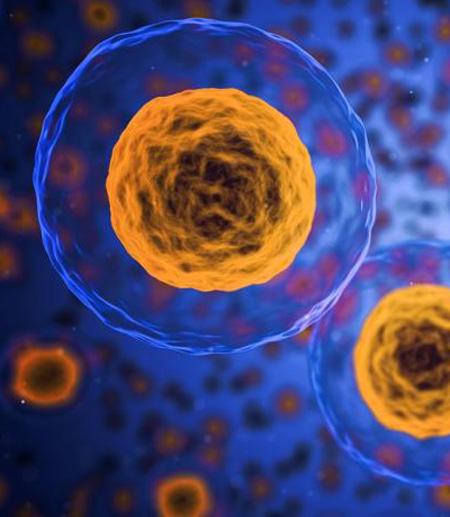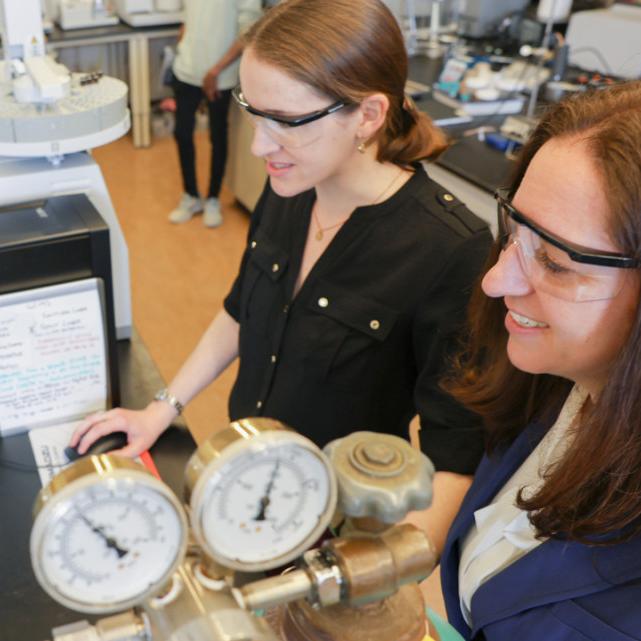Enzymes are nature’s best nanoscale catalysts, and often show what’s known as catalytic allostery – that is, reactions at one site affecting reactions at another site, typically a few nanometers away, without direct interaction between the reactants.
Nanoparticles of various materials, such as metal, can also act as catalysts for chemical transformations on their own surfaces, and their surface-active sites can be electronically coupled. Peng Chen, the Peter J.W. Debye Professor of Chemistry in the Department of Chemistry and Chemical Biology, is taking his background in enzyme studies and applying it to his other research specialty: single-molecule catalysis.
His group has published a paper in Nature Chemistry, the culmination of years of study, that lays out a conceptual framework for understanding how a nanocatalyst particle works. The work could help inform better design of synthetic nanocatalysts down the road.
“Co-operative Communication Within and Between Single Nanocatalysts” was published March 26. Lead authors are former graduate students Ningmu Zou and Guanqun Chen, and former postdoctoral researcher Xiaochun Zhou.
Given his enzymes background, Chen wondered: Can reactions at different surface sites on the same nanocatalyst communicate with each other, similar to allosteric enzymes?
“We’d already developed a way to map catalytic reactions on a single catalyst, in a spatiotemporally [space and time] resolved way,” said Chen, whose group published a paper on the subject last year. “For every reaction happening on a catalyst particle, we know where it happened and when it happened. Then I came up with the question regarding whether reactions at different places, on the same catalyst, can talk to each other.”
Using single-molecule fluorescence microscopy, Chen and the group found that catalytic reactions on a single nanoscale catalyst – in this case, nanoparticles of gold and palladium – can indeed communicate with each other, likely via movement of positive charge carriers known as holes. The group tested this on two types of nanocatalyst morphologies, and three distinct types of catalytic transformations.
They also found that reactions on separate gold nanocatalysts communicate with each other, over even greater distances, through diffusion of negatively charged reaction products. This communication is analogous to the “spillover” effect in surface science, Chen said.
Both of these represent first-of-their-kind observations involving individual nanocatalysts.
“This provides a new sort of conceptual framework for understanding how a nanoscale catalyst particle works,” Chen said.
Although applying these observations to real-world development of nonbiological nanocatalysts is still well into the future, this discovery pushes basic science toward that goal, Chen said. “If one can capitalize on that important feature of enzymes in a nonbiological catalyst, maybe there’s a way to improve the catalyst’s function,” he said.
Doctoral student Won Jung of the Chen group also contributed to this work, which was supported by grants from the Army Research Office; the Department of Energy (Office of Science, Basic Energy Sciences, Catalysis Science Program); and the National Science Foundation. Work was done in part at the Cornell Center for Materials Research and the Cornell NanoScale Science and Technology Facility, both of which are supported by the NSF.
This story also appeared in the Cornell Chronicle.





